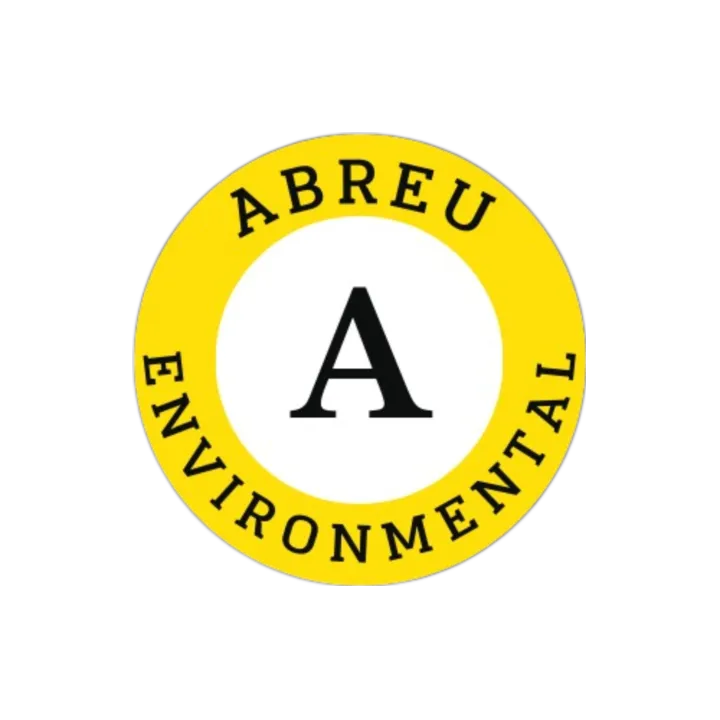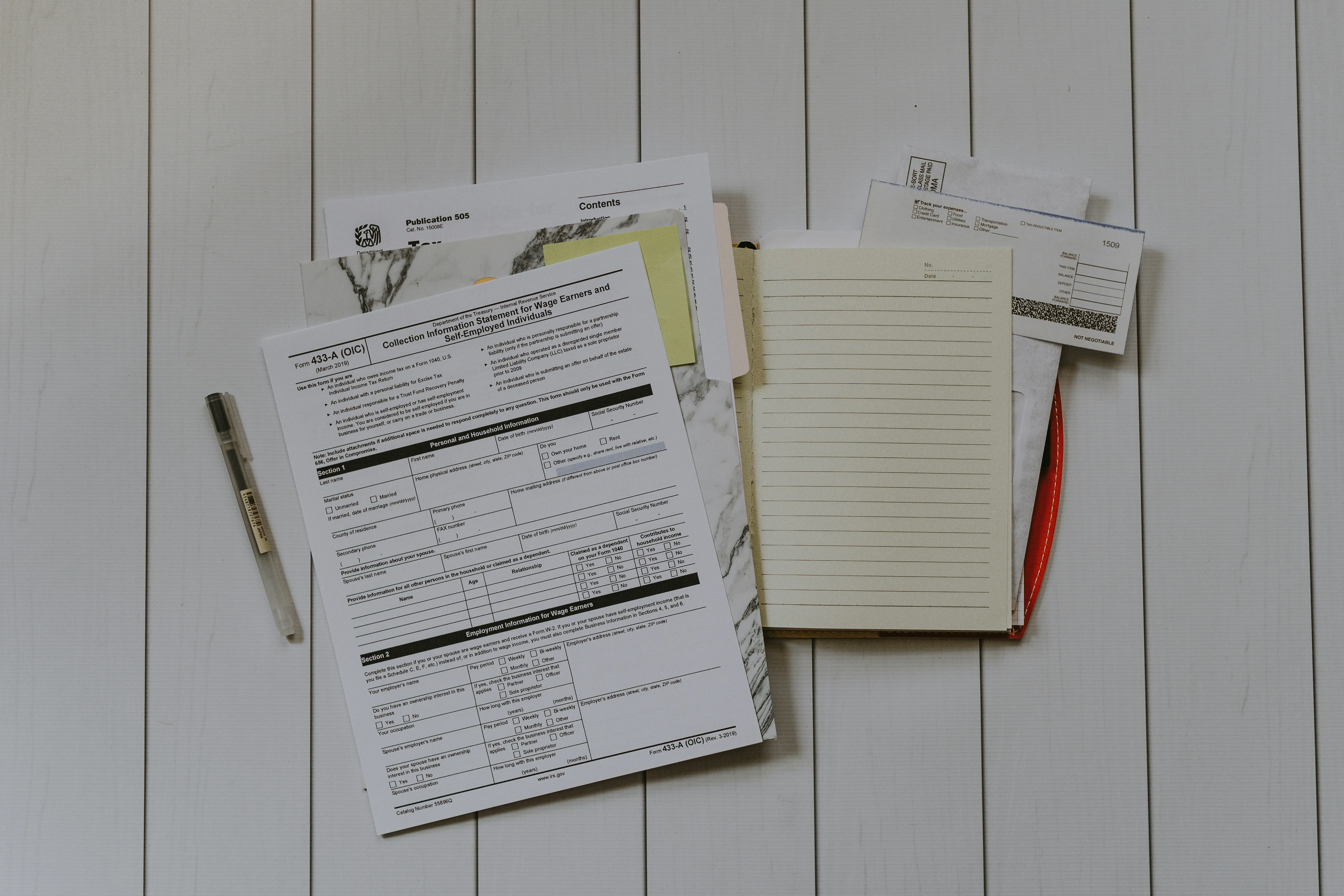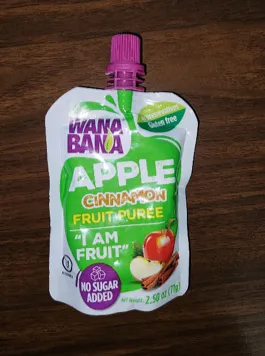Top 100 Lead Paint Terms
Abatement - The process of reducing or eliminating lead paint hazards.
Absorption - The process by which lead particles are taken up by the body or a material.
Acetate - A compound used in lead paint formulations.
Additive - A substance added to paint to improve its properties.
Aggregate - A material mixed with paint to provide texture or increase volume.
Air Quality - The measure of pollutants, including lead particles, in the air.
Analysis - The process of examining materials to detect the presence of lead.
Assessment - The evaluation of a building or site to identify lead hazards.
Barrier Coat - A coating applied to prevent lead from leaching or being released.
Base Paint - The foundational layer of paint, often containing lead in older buildings.
Binder - The component of paint that holds pigments together.
Blood Lead Level - The amount of lead present in the bloodstream.
Bonding Primer - A primer that ensures paint adheres to surfaces.
Bridge Paint - Paint used on infrastructure, often historically containing lead.
Burnishing - The process of polishing painted surfaces, potentially releasing lead.
Caution - A warning or alert about potential lead hazards.
Certification - Official recognition that an individual or organization meets lead safety standards.
Chalking - The formation of a powdery residue on painted surfaces, which may contain lead.
Chemical Stripping - The use of chemicals to remove lead paint.
Children’s Items - Objects that must be free of lead paint due to safety regulations.
Cleanup - The process of safely removing lead-contaminated materials.
Coating - A layer of paint or protective material applied to surfaces.
Colorant - Pigments used in paint, which may have historically contained lead.
Concrete - A building material that may be coated with lead-based paint.
Contamination - The presence of lead in the environment or on surfaces.
Control - Measures taken to manage or reduce lead hazards.
Cornice - An architectural feature that may be coated with lead paint.
Coverage - The extent to which paint covers a surface.
Crawl Space - A small area under a building where lead hazards might be present.
Damp Cloth - A method for cleaning lead dust from surfaces without spreading it.
Deterioration - The breakdown of paint, which can release lead particles.
Disposal - The proper handling and discarding of lead-contaminated materials.
Disturbance - Any activity that disrupts lead paint, potentially releasing lead dust.
Drying Time - The time it takes for paint to dry, important in lead-safe practices.
Dust - Fine particles, including lead, that can settle on surfaces.
Educational Materials - Resources provided to inform about lead paint hazards.
Encapsulation - The process of covering lead paint with a sealant to prevent exposure.
Endangered Species - Animals at risk, which may be protected from lead contamination.
Environmental Hazard - Any element, including lead paint, that poses a risk to the environment.
EPA (Environmental Protection Agency) - The U.S. agency that regulates lead safety.
Exterior - The outside of a building, where lead paint may be present.
Exposure - Contact with lead, whether by inhalation, ingestion, or skin contact.
Federal Lead-Based Paint Program - U.S. government initiative to reduce lead hazards.
Filler - A material used to repair surfaces before painting, which may contain lead.
Finishing Coat - The final layer of paint applied to a surface.
Flash Point - The temperature at which a material can ignite, relevant to paint safety.
Flooring - Surfaces that may be contaminated by lead dust or paint.
Formulation - The specific composition of a paint, including potential lead content.
Grit Blasting - A method of surface preparation that can release lead dust.
Hazard - A risk or danger, such as lead paint in a home.
Health Hazard - Any substance or condition, like lead, that poses a risk to health.
High-Pressure Water Jetting - A method of removing paint that can release lead.
Humidity - The amount of moisture in the air, affecting lead paint deterioration.
Ingestion - The process of swallowing, which can lead to lead poisoning if lead is present.
Inorganic Pigment - A non-carbon-based pigment that may contain lead.
Interior - The inside of a building, where lead paint may be found.
Iron Oxide - A compound sometimes used in lead paint.
Isolation - The practice of separating lead hazards from people.
Joint Compound - A material used in construction that may contain lead.
Labeling - The process of marking materials to indicate the presence of lead.
Latex - A type of paint that does not contain lead, often used as a safer alternative.
Lead Abatement Worker - A trained professional who removes lead hazards.
Lead-Based Paint - Paint that contains lead, common in buildings before 1978.
Lead-Contaminated Soil - Soil that has been polluted with lead, often from lead paint.
Lead Dust - Fine particles of lead that can be inhaled or ingested.
Lead Exposure - Contact with lead, which can cause health problems.
Lead Hazard - A situation where lead poses a risk to health.
Lead Paint - Paint that contains lead, used historically in buildings.
Lead Safe - A condition or practice that minimizes the risk of lead exposure.
Lead Soil Test - A test to determine the presence of lead in soil.
Lead-Based Paint Inspection - An assessment to identify the presence of lead paint.
Lead-Based Paint Risk Assessment - An evaluation to determine the risk of lead exposure.
Lead-Based Paint Survey - A comprehensive examination of a property for lead hazards.
Lead-Safe Renovation - Renovation practices that prevent lead exposure.
Limitation - Restrictions or conditions, often related to lead safety regulations.
Liquid Waste - Waste material in liquid form, which may be contaminated with lead.
Low-Pressure Water Jetting - A gentler method of removing paint, reducing lead dust.
Maintenance - Regular care and upkeep to prevent lead hazards.
Material Safety Data Sheet (MSDS) - A document providing information on lead-containing products.
Medical Monitoring - Regular health checks to detect lead exposure.
Metal Primer - A primer used on metal surfaces, potentially containing lead.
Microscopic Particles - Tiny particles, including lead, that can be hazardous when inhaled.
Mitigation - Actions taken to reduce or eliminate lead hazards.
Molding - Decorative trim that may be coated with lead paint.
Mop - A cleaning tool used to remove lead dust from floors.
Multi-Family Housing - Residential buildings with multiple units, often subject to lead regulations.
NIOSH (National Institute for Occupational Safety and Health) - U.S. agency that provides guidance on lead safety in workplaces.
Non-Hazardous Waste - Waste material that does not pose a significant risk, as opposed to lead-contaminated waste.
Organic Pigment - A carbon-based pigment that does not contain lead.
Paint Scraper - A tool used to remove paint, potentially releasing lead dust.
Personal Protective Equipment (PPE) - Gear worn to protect against lead exposure.
pH - A measure of acidity or alkalinity, relevant to the stability of lead paint.
Pigment - A substance that gives color to paint, sometimes containing lead.
Plastic Sheeting - Material used to contain lead dust during renovations.
Pointing - The process of filling gaps in masonry, which may involve lead-containing materials.
Polyurethane - A type of coating that can be applied over lead paint for encapsulation.
Porous Surface - A material that can absorb lead particles, making it difficult to clean.
Pressure Washing - A method of cleaning surfaces that can release lead if not done carefully.
Primer - A preparatory coating applied before painting, potentially containing lead.
Protective Clothing - Clothing designed to protect against lead exposure during work.



